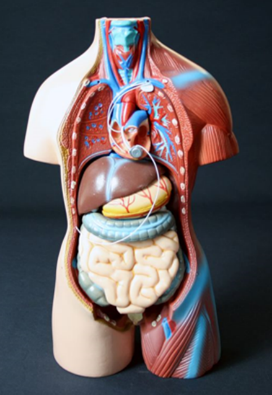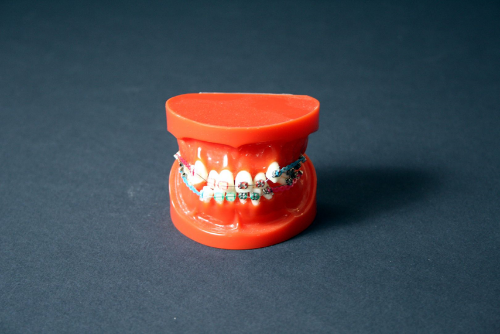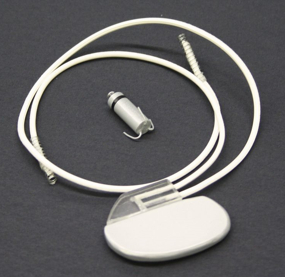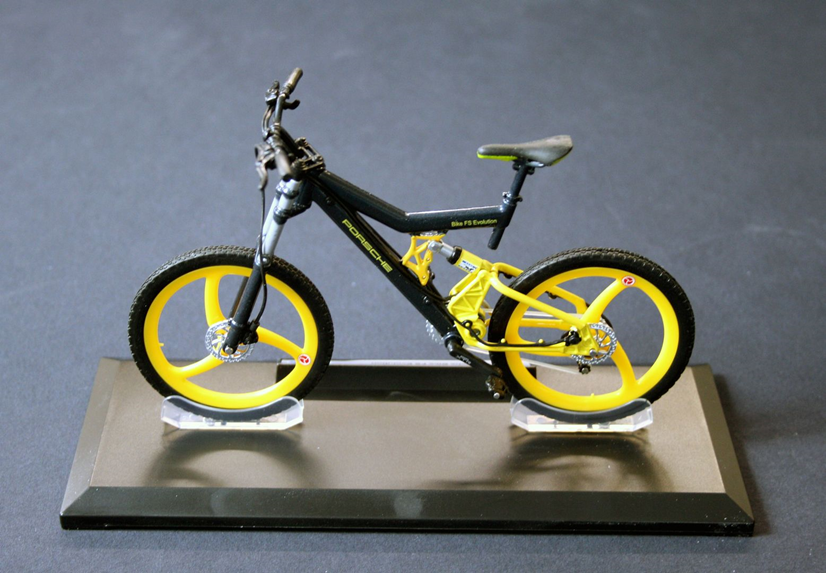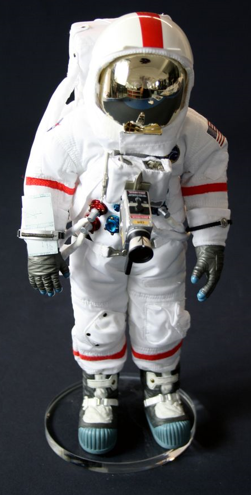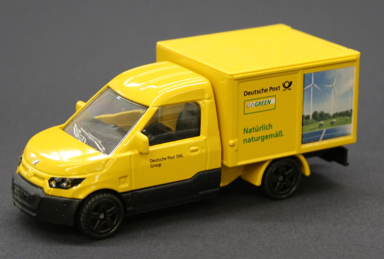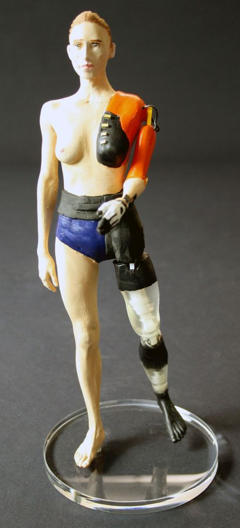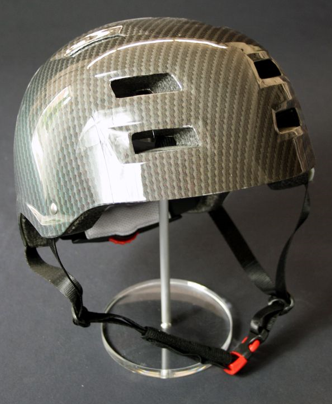Technologies from spaceflight facilitate work in many situations in everyday life and also in research. Experts refer to ‘spin-offs’ when technology developments from space research are used on Earth, and that is quite often the case. The best-known invention from space research is certainly the cordless drill. However, there are countless other such technologies that people cannot and do not want to be without in their everyday lives. Visitors can explore a small sample of the range and everyday relevance of space research in the entrance area of the ILA Space Pavilion. A total of 14 spin-offs from space research will be presented as examples – from novel materials to medical, electronic and nutritional innovations. For example the clear brackets for dental braces came onto the market in 1987. These are made of polycrystalline alumina. This material was first used during the course of investigating ceramics to protect the infrared sensors of heat-seeking missile detectors.
Scratch-resistant lenses with ultraviolet filters also originate from space research. The visors of astronaut helmets are exposed to extreme temperature fluctuations and very small dust particles. Today, a special coating is available that is as hard as diamond and makes surfaces completely resistant to scratches. This is used for lenses in sunglasses, watch faces, and the outer layer of smartphone displays.
A ‘classic’ from space research is the cordless drill. In the mid-1960s, NASA awarded Black & Decker a contract to develop tools for the national space programme. This resulted in the first battery-powered hand drill, which was later used by astronauts to fasten bolts in microgravity without their bodies rotating when they applied torque.
Space exploration was also the source of ideas for today’s electric vehicles. NASA’s last three Moon landing missions in 1971 and 1972 included the use of the Lunar Roving Vehicle (LRV), an electric vehicle powered by two batteries developed by the Baden-Württemberg company VARTA. The LRV technology has been further developed and is now used in modern electric vehicles.
